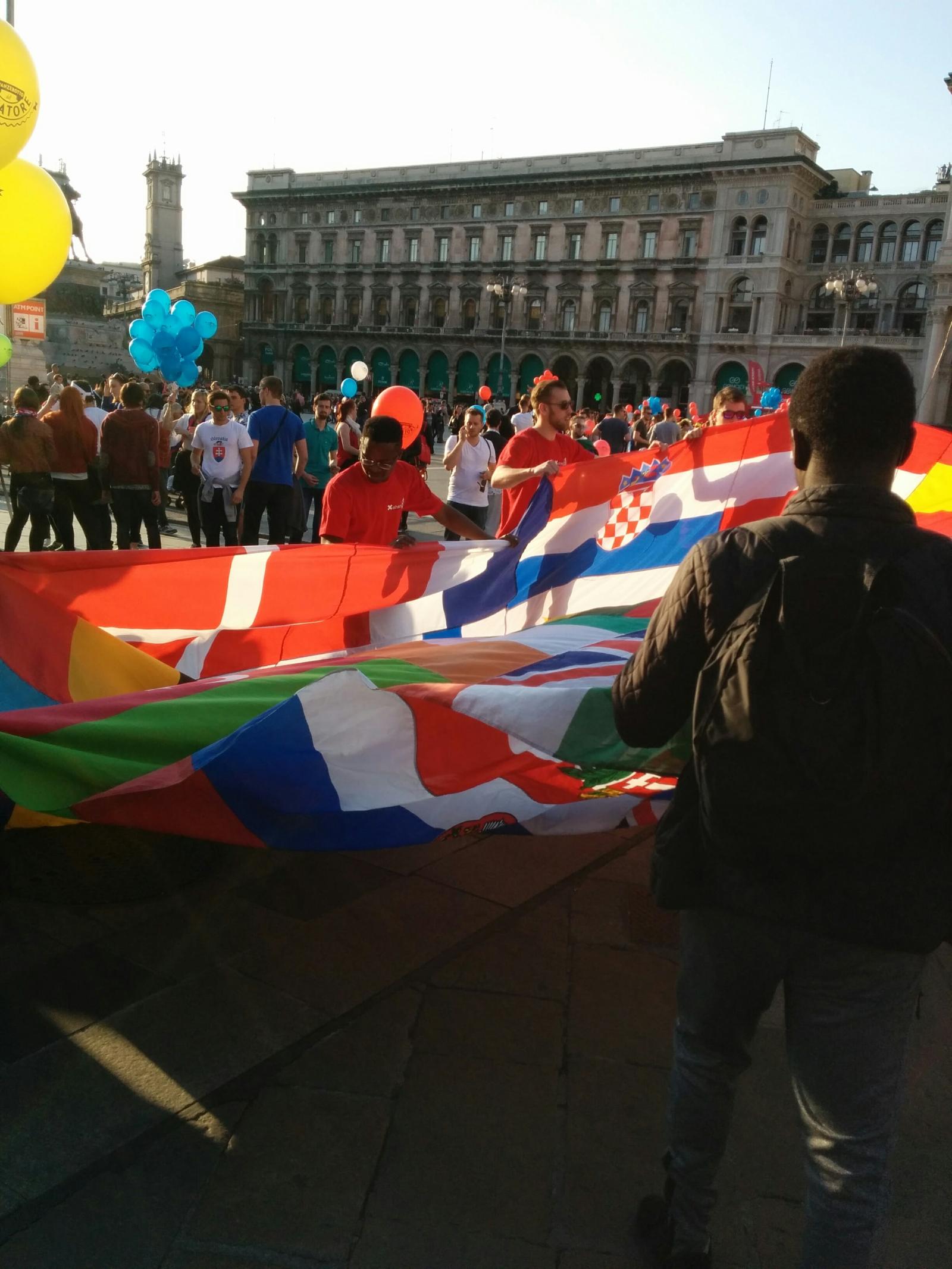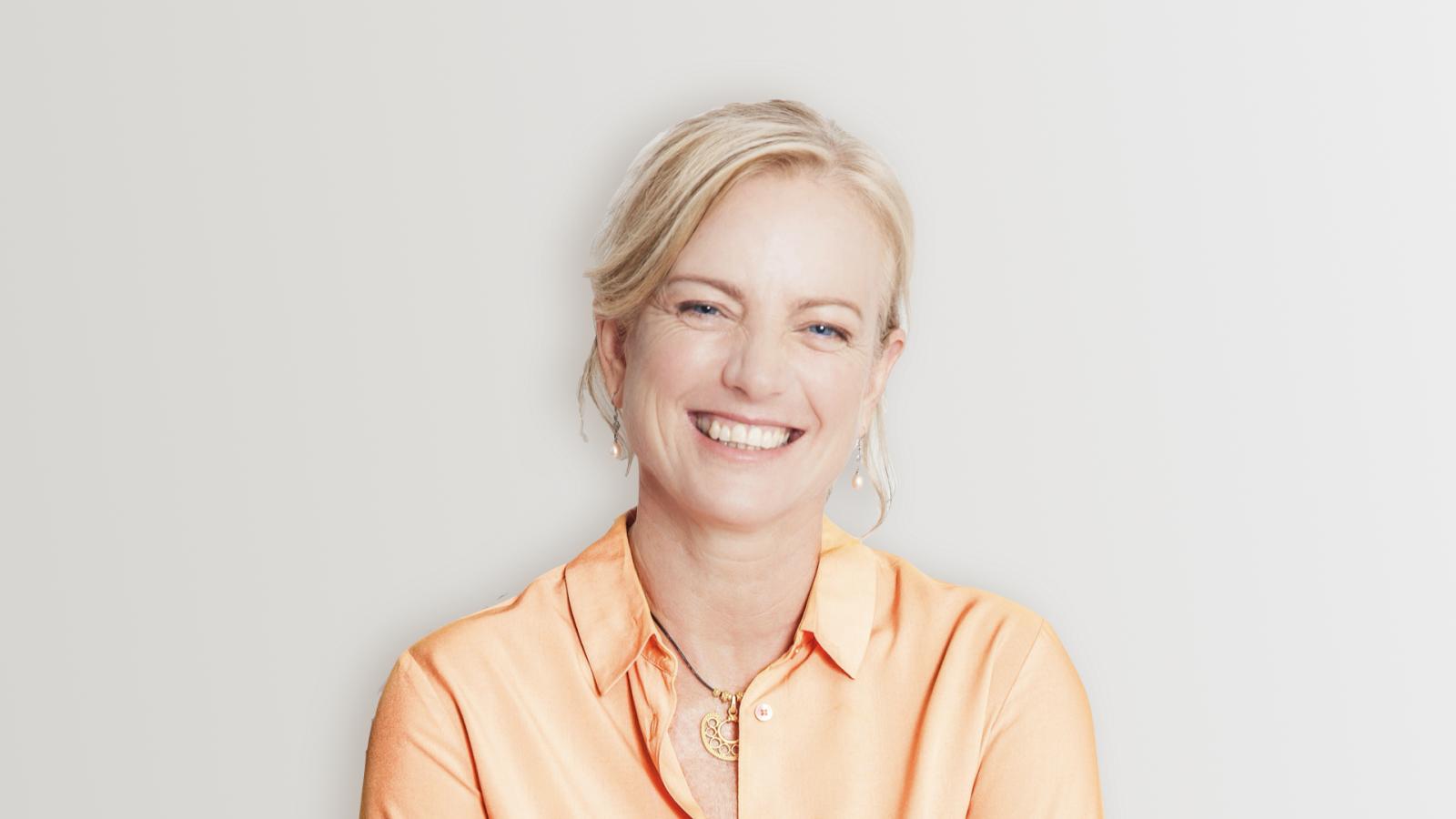
Italy’s First English-language Med School Graduates Begin Working Internationally
In 2009, Italian state universities started an experiment in democratic, international access to medical education. They opened the world’s first western-European-quality English-language medical degree programmes, to students from any country - including the world’s poorest - with a much more affordable tuition than other English-language medical schools around the world. Italy thereby took a practical step forward to addressing the physician shortage in impoverished countries, as well as countering the long-established scientific brain drain on Italian soil. Now, almost eight years later, the first graduates of these programmes, from the University of Pavia, have successfully been placed in residencies internationally. The schools have thus fulfilled their initially-stated mission, which was to prepare students - Italian and non-Italian - for a clinical career with a fluent knowledge of medical English, giving them the ability to participate in fieldwork and research around the planet.
From experiment to achievement
Pavia opened its course in 2009. In subsequent years, other Italian state universities followed, including in Milan, Rome, Naples, and Bari. The universities of Turin and Bologna have furthermore announced their intentions to start an English-language programme in fall 2017. All these courses consist of six years of training, leading to the equivalent of a UK MBBS or a US MD degree. Tuition ranges from a couple hundred to a few thousand euros per year, and is scaled down, based on a student’s ability to pay. Admission is by a worldwide multiple choice test, the IMAT; about the top 10 percent of applicants pass and receive an offer at an Italian medical school. Three more schools - the Roman Catholic Cattolica in Rome and San Raffaele in Milan, as well as the private, non-religious Humanitas in Rozzano - also offer English-language medical degrees, although non-European students there pay much higher tuition fees, on the scale of ten thousand euros or more per year. These three schools have separate admission procedures. Over 1000 young people, in total, are studying medicine in English at Italian universities.
“The original mission was to offer a medical degree course totally taught in English,” explains Monica Galliano, one of the deans of Pavia’s programme, also known as the Harvey Course. “The idea is to have mostly foreign students”. In Pavia’s first class - most of which was graduated in 2015 - the majority of students is actually Italian. However, as the years progressed, more and more non-Italians applied to these English-language schools, and the Harvey Course’s latest 2016 incoming class is about 70 percent non-Italian. Nonetheless, it is not the Harvey Course’s specified intention to make careers as physicians possible to students from the world’s poorest countries. Galliano calls this a “side effect”. Rather, she explains, “the goal of the [national education] ministry is to help universities go through an internationalisation”. English-language medical students in Italy now include science wizards from all parts of the globe, including sub-Saharan Africa, south Asia and Latin America. In many cases, the students may have the option to return to a homeland where more physicians are desperately needed.
Indeed, Harvey Course alums are now beginning to work as practicing doctors internationally. A survey conducted last week, by a student in the original 2009 class, shows that among 24 former classmates, almost every one of them had secured a residency placement leading to a certified medical specialisation. These placements are mostly in northern Italy, where Pavia is located. However, about five are in Switzerland, and a couple more each are in the UK and Germany. This survey provides the first wide-scale evidence that Italy’s English-language medical graduates are prepared to enter the workforce as doctors. Since Italy’s other English medical schools were founded later than Pavia, their students have not yet, by-and-large, secured residency placements. It remains to be seen if they will replicate, exceed, or fall below Pavia’s success.
The challenges of internationalising Italian medical education
Now, Galliano says, Pavia’s mission is to transform the curriculum, that “was conceived with a scaffold very similar to the Italian course, into a different one, more similar to UK courses”. Galliano says this new Harvey Course would be structured with three pre-clinical years, which would lead to a first degree, and then the option to do three more clinical years in another country, such as the UK, or to complete an MD-PhD. “The Italian [education] ministry is still considering [this plan],” she says, “and it has not been approved yet”. As for Italy’s other English-language medical schools, their curricula vary. The University of Milan, for example, focuses during its first two years almost purely on scientific learning, which is classroom and laboratory-based, and starts clinical activities in the third year. On the other hand, the University of Bologna has announced that it plans in the first and second years to have students already learning basic nursing, surgical, and bedside skills.
Some barriers, however, still stand, to making it possible for Italy’s English-language medical graduates to work anywhere in the world. The United States remains a difficult problem. Each state has, roughly put, its own list of approved medical schools, and if a university is not on that list, its graduates usually cannot work as physicians in that state. Italy’s English-language medical schools are often not on these lists - including the highly-influential California list - so obtaining residency or other work as a doctor in the US remains a huge challenge for alums. The University of Milan announced last year that it was applying for California accreditation, but so far, has not obtained it. A Milan administrator now says that the school submitted its application to the Italian education ministry, which has been thenceforth “in charge of interacting” with California’s medical board.
Another issue that the universities are tackling is the quality of instruction in English specifically. In the Pavia survey, the most common criticism of the Harvey Course is that professors did not speak English well enough. (The large majority of instructors in the English-language medical schools do not have English as a first language). Indeed, some professors around Italy have made basic English grammatical errors on exams, and in lectures have mispronounced simple words such as "stomach" and "thigh". Some schools - like Pavia - have now addressed this problem by hiring English native speakers to teach major courses in the crucial first years.
Balancing Italian tradition with global standards
Students and administrators have also expressed concerns about other aspects of the programmes, such as testing, which is based on an old Italian university system. In most of the English-language medical schools, students have almost unlimited chances to pass exams; in almost all of the rest of the world, medical students only have one or two chances, and upon failure must re-sit a course. The Italian multiple examination system can overtax departmental resources, as professors end up having to create a different version the same test up to eight times per year. Many of the English-language medical schools also have ubiquitous oral examinations, which certain instructors say are necessary to evaluate properly the depth of student knowledge, but other professors (and students) say are graded at subjective, unclear, or inconsistent standards. Pavia is phasing out this testing system, whilst other universities are keeping it.
Another major point of contention is the yearly date of the IMAT, which the national ministry has insisted on holding in September of the same autumn of admission. This idea has gotten official support from the Italian student organization Unione degli universitari, which argues that September is best for Italian students, because they have an otherwise relatively relaxed academic schedule in that month. However, the September IMAT can be problematic for non-Italians. Autumn admissions notifications are out of synch with most medical school timetables worldwide. It forces admitted non-Italians to rush to Italy -- disenfranchising, in particular, poor students, who often must immediately buy expensive plane tickets and find housing - while creating headaches for embassies worldwide, which must suddenly issue student visas.
Despite these aspects, of the medical schools, that participants say need improvement, the students surveyed expressed satisfaction with the Harvey Course on the whole. “Most of the people [at Pavia] were really motivated and entered a specialty with very high marks”, says Umberto Nencha, a member of Harvey’s first graduating class and now a physician in Switzerland. Nencha points out that his close colleagues include doctors from India, Canada, and France. “This is the future,” he says. “I can see the future".
Cover: International university students celebrate in Milan's central square.

